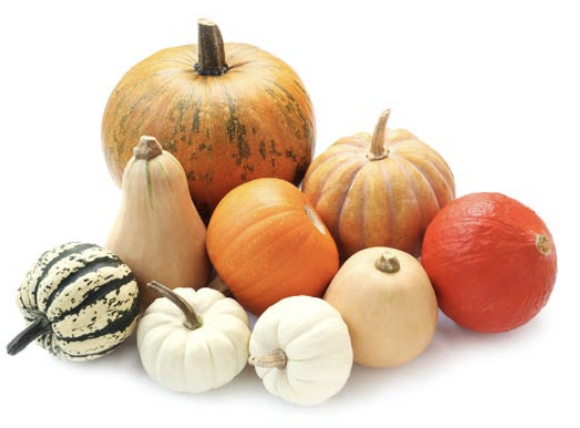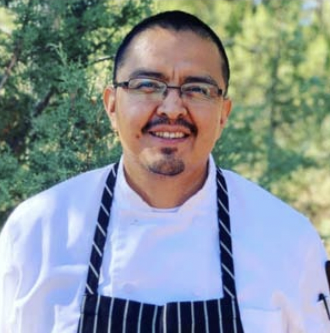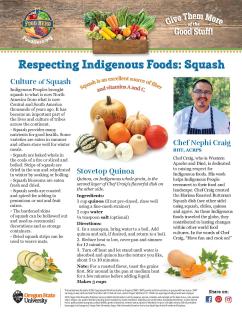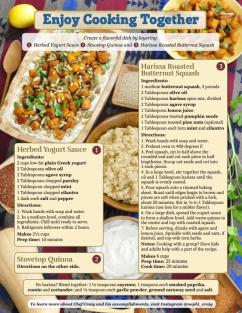Respecting Indigenous Foods: Squash
Squash is an excellent source of fiber and vitamins A and C.

Culture of Squash
Indigenous Peoples brought squash to what is now North America from what is now Central and South America thousands of years ago. It has become an important part of the lives and culture of tribes across the continent.
- Squash provides many nutrients for good health. Some varieties are eaten in summer and others store well for winter meals.
- Squash are baked whole in the coals of a fire or sliced and boiled. Strips of squash are dried in the sun and rehydrated in winter by soaking or boiling.
- Squash blossoms are eaten fresh and dried.
- Squash seeds are roasted and spiced for adding to pemmican or nut and fruit mixes.
- The hardened skins of squash can be hollowed out and used as ceremonial decorations and as storage containers.
- Dried squash strips can be used to weave mats.

Chef Nephi Craig BHT, ACRPS
Chef Craig, who is Western Apache and Diné, is dedicated to raising respect for Indigenous foods. His work helps Indigenous People reconnect to their food and landscape. Chef Craig created the Harissa Roasted Butternut Squash dish (see below) using squash, chiles, quinoa and agave. As these Indigenous foods traveled the globe, they contributed to lasting changes within other world food cultures. In the words of Chef Craig, “Have fun and cook on!”
Enjoy Cooking Together
Create a flavorful dish by layering
1. Herbed Yogurt Sauce
2. Stovetop Quinoa and
3. Harissa Roasted Butternut Squash
No harissa? Blend together: 1 ½ teaspoons cayenne; 1 teaspoon each smoked paprika, cumin and coriander; and ½ teaspoon each garlic powder, ground caraway seed and salt.




